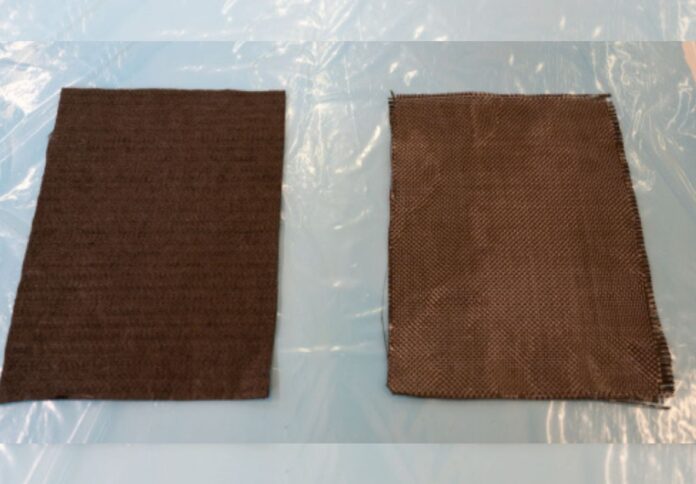
A researcher from UNSW Canberra has developed a new carbon fibre recycling method that uses less energy and wastes less of the material.
The project is a result of a collaboration with UNSW Canberra’s partner in the automotive industry, which seeks to investigate building cars out of recycled carbon fibre.
Until now, recycling carbon fibre has always resulted in the material being heavily degraded, according to UNSW Canberra researcher Dr Di He.
Carbon fibre is commonly used in building aircraft and wind turbines and is the primary material in developing Formula 1 race cars, which need to be as light as possible to increase performance.
The recycled material is typically only reused to make low-value products like tables or chairs— products that do not experience heavy forces or loads.
“The existing method of recycling involves shredding the composite, which destroys the carbon fibre, before heating it to remove the plastic. After it has been shredded, the fibres look like individual hairs or cotton wool strands,” He explained.
“In our method, we don’t shred the carbon fibre and we optimised how we heat it in a furnace. This leaves the fibres intact, and therefore the new product made from the recycled carbon fibre is much stronger.”
The new recycling method degrades the carbon fibre by less than 30 per cent, which is a 50 per cent improvement on existing methods, He added.
The recycled fibre produced using the method is not yet suitable for car manufacturing, He noted, but it is significantly closer to that goal than before. The material can potentially be used to manufacture individual parts of a car, such as a roof.
Car manufacturers are interested in carbon fibre vehicles as the lower weight can make the cars more energy efficient, helping them meet the new fuel efficiency standard announced by the Australian government in early 2023.
Associate Professor Matthew Doolan from the UNSW Canberra Advanced Manufacturing Research Group emphasised the need to think more about reducing waste as the world progressed with engineering and technological advancements.
“As we make more advanced products we also make them from significantly more advanced materials, and as a result we are creating problems at the end of the life of that product,” A/Prof. Doolan said.
“The standard practice of just dumping these products, or burning them, is unsustainable and cannot continue forever.
Dr He, A/Prof. Doolan, and their collaborators have published their findings on carbon fibre recycling in the journal Composites Part A: Applied Science and Manufacturing.




















